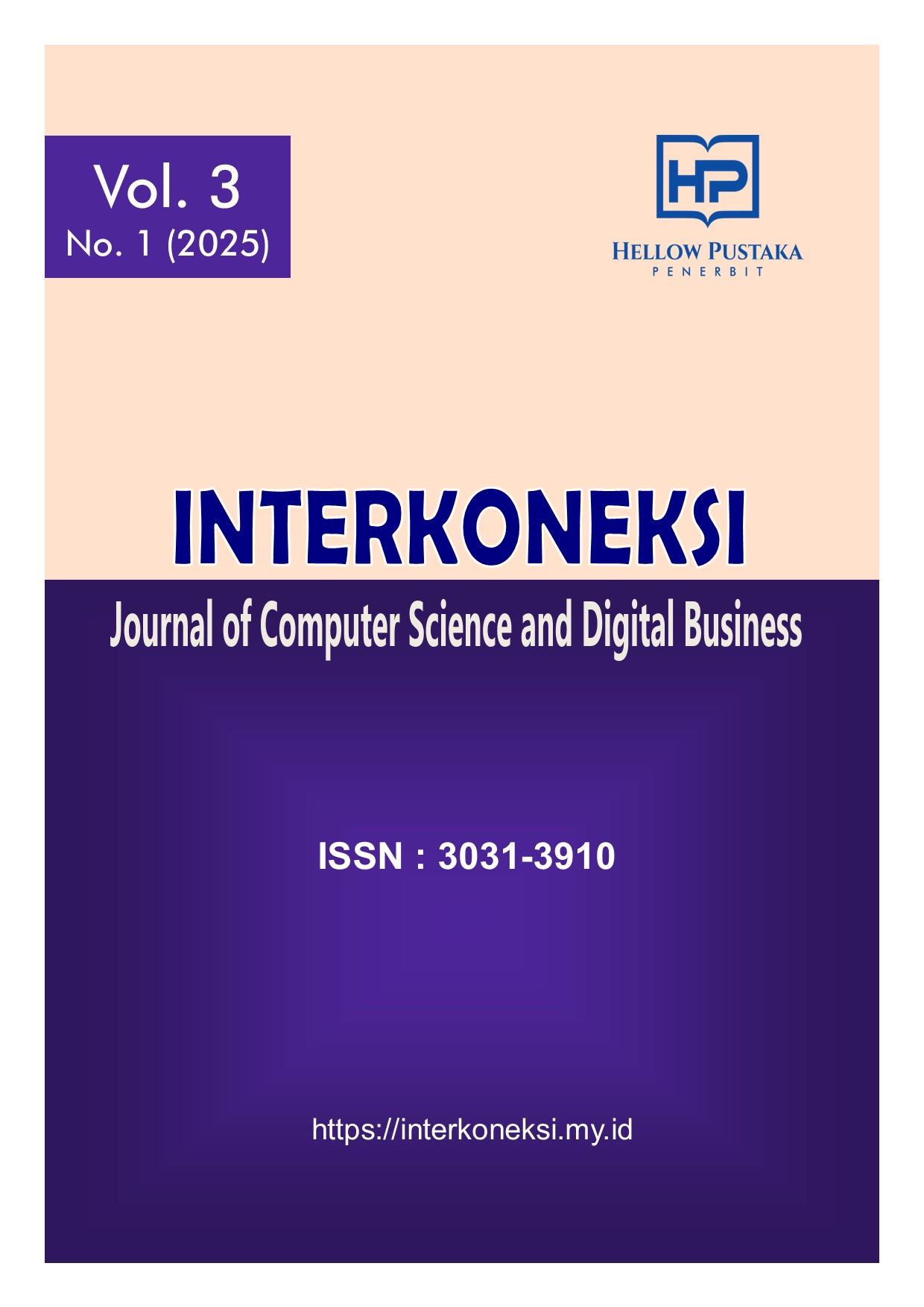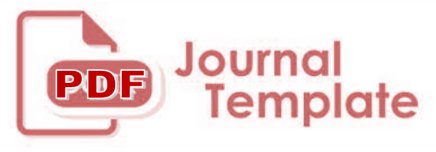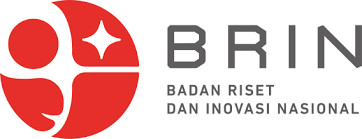Integrating GDS and APIs: A Hybrid Approach to Modernizing Travel Booking Systems
DOI:
https://doi.org/10.61166/interkoneksi.v3i1.46Keywords:
Hybrid Travel Distribution, GDS-API Integration for Booking Platforms, Optimizing Airline Ticketing Systems, GDS and API IntegrationAbstract
The integration of Global Distribution Systems (GDS) and Application Programming Interfaces (APIs) has the potential to transform airline ticketing and travel distribution by combining structured fare management with real-time pricing and enhanced flexibility. Traditional GDS platforms, such as Amadeus, Sabre, and Travelport, provide comprehensive access to full-service carriers (FSCs), corporate travel support, and multi-city itinerary management, but they are limited by high transaction costs, rigid booking structures, and slower fare updates. APIs, on the other hand, offer direct airline connectivity, real-time pricing, and enhanced customization, but they lack structured fare agreements and full access to FSCs. This paper explores whether a hybrid GDS-API model can address these limitations by offering cost efficiency, dynamic pricing, and broader airline coverage while integrating AI-driven automation. This study employs a systematic review, comparative analysis, and case study evaluation, focusing on platforms like Kiwi.com, eDreams ODIGEO, Traveloka, and Mystifly to assess how hybrid GDS-API integration improves pricing accuracy, ancillary service management, and operational efficiency. Additionally, the paper examines the challenges of implementation, including integration complexity, regulatory constraints, cybersecurity risks, and the initial investment required for API and AI infrastructure. Finally, future advancements in predictive analytics, blockchain-based ticketing, voice-enabled search, and New Distribution Capability (NDC) standards are discussed to determine their role in further enhancing hybrid travel platforms. This study aims to evaluate the feasibility, benefits, and potential limitations of the hybrid model, providing insights into whether it can serve as a sustainable and scalable solution for modern airline distribution.
Downloads
References
Bhatnagar, P. (2024, September 1). Disadvantages of using a GDS for hotels. Hotelogix Blog: Tips & Trends in Hospitality. https://blog.hotelogix.com/disadvantages-of-gds
Switchfly. (2024, May 23). The Critical Role of APIs in the Travel Industry. The Critical Role of APIs in the Travel Industry. https://www.switchfly.com/blog/apis-in-the-travel-industry
Altexsoft Editorial Team. (2025b, January 21). Global Distribution Systems 101: Understanding GDS role in Air Travel. AltexSoft. https://www.altexsoft.com/blog/global-distribution-systems
Amadeus. (2022). The evolution of travel technology. Retrieved from https://www.amadeus.com
Buhalis, D., & Law, R. (2008). Progress in information technology and tourism management: 20 years on and 10 years after the internet-The state of eTourism research. Tourism Management, 29(4), 609-623. https://doi.org/10.1016/j.tourman.2008.01.005
Chang, S. E., Chen, Y. C., & Lu, M. F. (2020). Blockchain-enabled trade finance innovation: A potential paradigm shift on using letter of credit. Technological Forecasting and Social Change, 160, 120252. https://doi.org/10.1016/j.techfore.2020.120252
Deloitte. (2021). The impact of NDC on airline distribution. Retrieved from https://www2.deloitte.com
eDreams ODIGEO. (2022). Annual report. Retrieved from https://www.edreamsodigeo.com
IATA. (2022). New Distribution Capability (NDC). Retrieved from https://www.iata.org/whatwedo/airline-distribution/ndc
Ivanov, S. H., & Webster, C. (2017). Adoption of robots, artificial intelligence and service automation by travel, tourism and hospitality companies – a Cost-Benefit analysis. SSRN Electronic Journal. https://papers.ssrn.com/sol3/Delivery.cfm/SSRN_ID3007577_code657096.pdf?abstractid=3007577&mirid=1
Kiwi.com. (2023). Flight booking technology trends. Retrieved from https://www.kiwi.com
Mystifly. (2023). Travel technology solutions. Retrieved from https://www.mystifly.com
Saberi, S., Kouhizadeh, M., Sarkis, J., & Shen, L. (2019). Blockchain technology and its relationships to sustainable supply chain management. International Journal of Production Research, 57(7), 2117-2135. https://doi.org/10.1080/00207543.2018.1533261
Sabre. (2023). Future trends in travel booking. Retrieved from https://www.sabre.com
Shaw, G. (2020). Airline distribution and e-commerce strategies. Routledge.
Tnooz. (2019). The rise of NDC: What it means for travel agencies and OTAs. Retrieved from https://www.phocuswire.com
Tretheway, M. W., & Markhvida, K. (2014). The aviation value chain: Economic returns and policy issues. Journal of Air Transport Management, 41, 3–16. https://doi.org/10.1016/j.jairtraman.2014.06.011
Traveloka. (2023). AI-driven personalization in travel. Retrieved from https://www.traveloka.com
eDreams ODIGEO. (2022). Hybrid travel distribution: Integrating GDS and direct airline partnerships for optimized pricing. eDreams ODIGEO Industry Report.
Expedia. (2023). The rise of AI in travel: Automating bookings and customer service. Expedia Research Report.
IATA. (2023). Distribution with Offers & Orders (New Distribution Capability - NDC). (n.d.). https://www.iata.org/en/programs/airline-distribution/retailing/ndc/
Kiwi.com. (2023). Kiwi.com introduced Price Lock - Customers can lock the flight price and pay later - Kiwi.com. Kiwi.com. https://media.kiwi.com/company-news/kiwi-com-introduced-price-lock-customers-can-lock-the-flight-price-and-pay-later/
Nuruzzaman, M., & Hussain, O. K. (2018, October 1). A Survey on Chatbot Implementation in Customer Service Industry through Deep Neural Networks. In 2018 IEEE 15th International Conference on e-Business Engineering (ICEBE). https://doi.org/10.1109/icebe.2018.00019
AI in Tourism: Revolutionizing Travel Experiences. (n.d.). https://vasscompany.com/en/insights/blogs-articles/ai-tourism/
Ozdemir, A. I., Ar, I. M., & Erol, I. (2019). Assessment of blockchain applications in travel and tourism industry. Quality & Quantity, 54(5–6), 1549–1563. https://doi.org/10.1007/s11135-019-00901-w

















